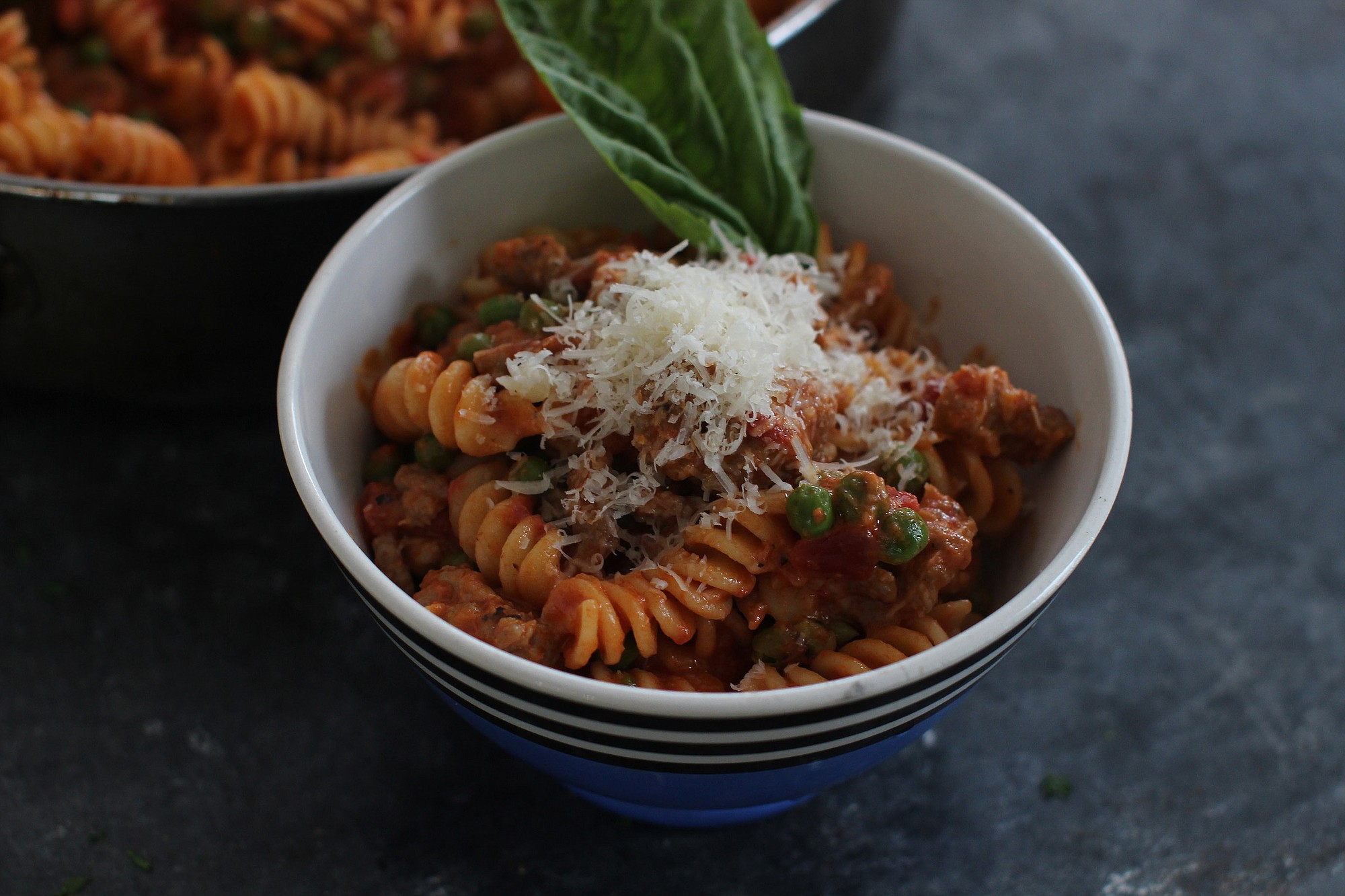What’s the one ingredient you should always have in your cupboard? Dried pasta, of course. It’s the base of a zillion easy-to-make weeknight meals and the friendly playmate of 2 zillion ingredients, including leftovers.
Pasta comes in all sizes and shapes, all of them designed with a purpose. Pastas in long strands — including spaghetti and linguine — are best paired with smoother sauces. Tube-shaped pastas — such as penne, rigatoni and macaroni — team up well with chunky sauces. And pasta boasting nooks and crannies — like fusilli — are perfect for sauces with bits of meat and vegetables.
Whichever type you’re cooking, you want to make sure you cook your pasta properly. Undercook it and the pasta is chalky and tough. Overcook it and you get mush. What you’re aiming for is al dente, Italian for “to the tooth.” It’s just a way of saying that properly cooked pasta is tender all the way through, but still ever so slightly firm to the bite.
Of course, since pasta shapes, sizes and thicknesses vary widely, the proper cooking time for each pasta variety also varies. So let’s cover the basics of pasta cooking, regardless of variety.



